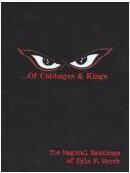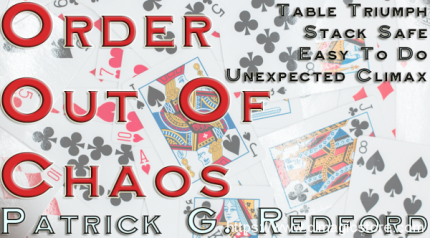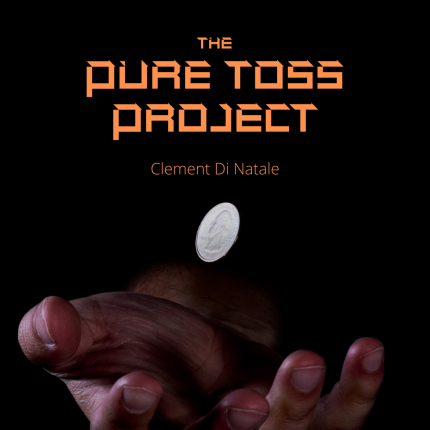Here is the effect as the audience sees it: The deck is shuffled by a spectator. The performer has any spectator think of any number between one and fifty-two, but not to reveal it to anyone until asked by the performer. Nothing is written down. The number is simply thought of.
The performer gives the deck to any spectator. From this point on the performer does not touch the cards again, not even for a second. The performer turns his back so that he cannot observe the spectators following actions. The spectator now randomly constructs a single card. This is done very simply. There are no weird mathematical procedures or anything like that. He first comes up with the value. Let’s suppose it is a King. He then creates the suit. Let’s say it is a Diamond, thus the spectator has created the King of Diamonds. The spectator now shuffles the deck until he is content.
The spectator who has been thinking of a number since before anything has happened now reveals his number. Let’s assume that the number is 27. At this point the performer faces the audience. Any spectator now deals to the 27th card. It is turned over by any spectator, and it is the King of Diamonds!
The performer states that perhaps this was all just luck or coincidence. The performer then proves that everything was predetermined by having the spectator open the card box (that has been in full view the entire time). The spectator does so, and removes the Joker card from inside it. On the back of the Joker is a note that is read by the performer along with the spectator. It reads:
“The King of Diamonds will be found at the 27th position!”
The deck can be borrowed; it is shuffled by the spectator before and during the effect, and best of all it is damn-near self-working.
1st edition 2015, 14 pages.
word count: 4644 which is equivalent to 18 standard pages of text














